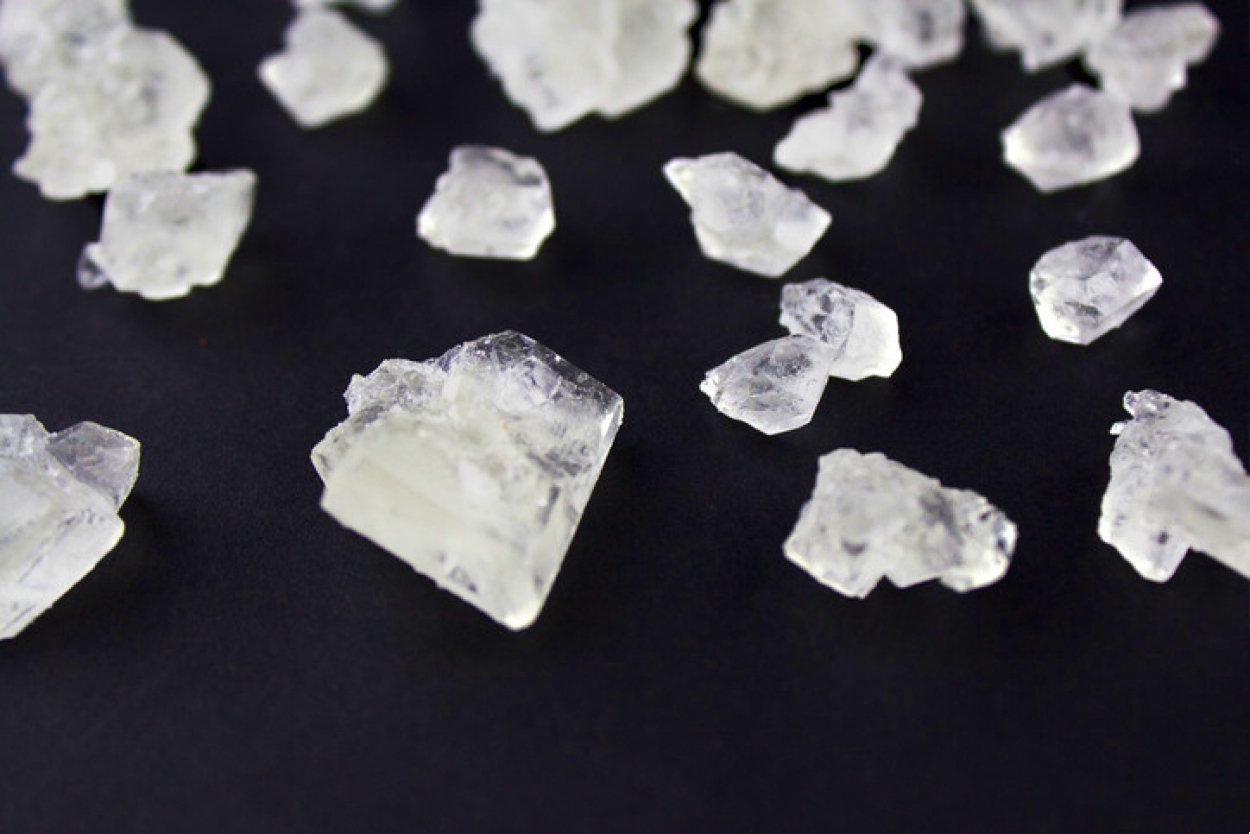By Vaishali Basu Sharma
The trafficking of Amphetamine-type stimulants (ATS), especially Methamphetamine, is becoming increasingly expansive in reach and abuse. Since 2010, Methamphetamine seizures have accounted for the enormous quantities of Amphetamine-type stimulants seized worldwide.
A new report by the United Nations Office on Drugs and Crime (UNODC) warns that Methamphetamine (or Meth, commonly called “speed,” “ice,” “crystal,” and “glass”) trafficking in and around Afghanistan has surged in recent years. While Heroin trafficking has slowed, the UNODC said Meth trafficking “has intensified since the ban.”
According to Ghada Waly, Executive Director of UNODC, “The surge in Methamphetamine trafficking in Afghanistan and the region suggests a significant shift in the illicit drug market and demands our immediate attention.”
There is evidence of hundreds of Meth labs that have appeared in Afghanistan in recent years, and with the Taliban ban on poppy cultivation in 2022, more are being built. Facing a severe economic crisis, many Afghans have turned to the manufacture of Meth by using a native plant called Ephedra, also known as Oman, a natural source of the drug’s key ingredient.
The UN report ‘Understanding Illegal Methamphetamine Manufacture in Afghanistan’ attempts to analyze the complex manufacturing of Methamphetamine in Afghanistan by the use of the Ephedra plant, which grows abundantly in the region and contains ephedrines that can be extracted to make the drug, and by using common cold medications and industrial-grade chemicals.
The Methamphetamine market has undergone remarkable changes in the last decade. From being specific to subregions, it has evolved into a market with global trafficking flows.
Consider this: In 2021, Methamphetamine seizures in Afghanistan and neighboring countries nearly matched that of heroin.
Methamphetamine seizures in South Asia and Europe have increased dramatically since the Taliban returned to power in 2021. And this is not the first time the UNODC has warned of a potential Methamphetamine crisis in South Asia.
The UN agency had in 2021 said that the synthetic drug market in South Asia has expanded vastly, and the price, particularly of Meth, has dropped to the lowest level in a decade with the surge of supplies, increasing its affordability and widespread use. As per its assessment in 2020-21, the meth market in the region was worth nearly US$61.4 billion annually.
Highly addictive, Methamphetamine can be ingested orally, smoked, snorted, or injected. Its effects include a feeling of euphoria and a reduced appetite. If consumed consistently, it can be a more addictive stimulant than other addictions and is becoming increasingly popular, especially among the youth.
Afghanistan has been emerging as a country of concern concerning synthetic drugs for the past few years. Drugs from Afghanistan are routed to an abandoned desert-like area called Pashni in Balochistan, where they are readied for sea journey from Gwadar port.
Karkhano, a market area of Peshawar, Khyber Pakhtunkhwa, is believed to be the largest source of K-tablet (acetylated opium, known as “Kompot”), from where traffickers quickly bring it across the Durand Line. Crystal and liquid methamphetamine, in addition to ephedrine, are also trafficked from Afghanistan into Iran.
Examining the emergence of Methamphetamine in the EU zone, the European Monitoring Center for Drugs and Drug Addiction (EMCDDA) had in the past warned that Europe should be better prepared for the prospect of Methamphetamine coming from Afghanistan.

The UNODC price monitoring system in Afghanistan indicates that one kilogram of Methamphetamine near point-of-production in Afghanistan reportedly went for approximately US$700 in April 2023.
When it is trafficked and hits the streets, a kilo of Methamphetamine may cost US$2,500 or over US$120,000- its varying price owing to where it is sourced from and whether it is powder or crystal Meth.
Cheaper and more potent, Methamphetamine quickly replaces Cannabis, Heroin, and intravenously administered Buprenorphine as the drug of choice. And evidence suggests that it is indeed flooding the narcotics markets worldwide.
- Vaishali Basu Sharma is an analyst of strategic and economic affairs. She has worked as a consultant with India’s National Security Council Secretariat (NSCS) for nearly a decade. She is presently associated with the New Delhi-based think tank Policy Perspectives Foundation.
- The author can be reached at postvaishali (at) gmail (dot) com.